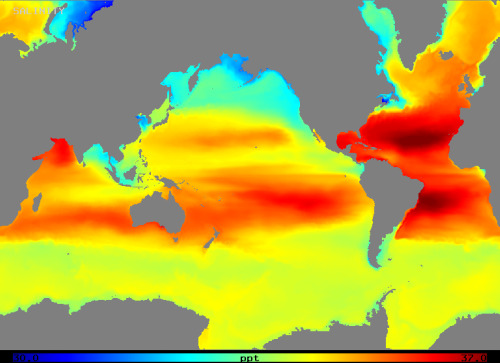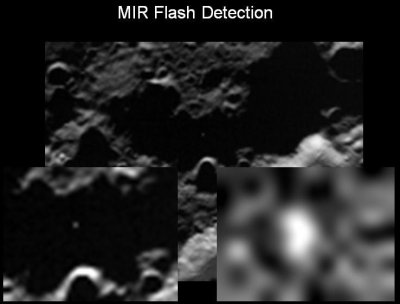![]() This week, we’re helping push the Geobloggers Giving Kids the Earth challenge, by promising that Chris or I will write a post on a topic chosen by our readers for each project that is fully funded by the end of the week. On Monday, we had two generous donors help ensure that Louisiana high school students got their water quality testing kits, but yesterday no one had cash to spare for North Carolina high school students to measure ocean salinity. Maybe you were all too busy working on your posters and talks for the Geological Society of America meeting?
This week, we’re helping push the Geobloggers Giving Kids the Earth challenge, by promising that Chris or I will write a post on a topic chosen by our readers for each project that is fully funded by the end of the week. On Monday, we had two generous donors help ensure that Louisiana high school students got their water quality testing kits, but yesterday no one had cash to spare for North Carolina high school students to measure ocean salinity. Maybe you were all too busy working on your posters and talks for the Geological Society of America meeting?
Today, let’s take a break from the GSA preparations and scrape together $234 for budding meteorologists. Now before you all say, “I thought this was a geology blog. For what reason is she going on about weather?”, let me reply that the rocks are coming, but weather is pretty important for all stripes of earth scientists. For a hydrologist like me, it drives the water cycle that I study on and under the ground. For soil scientists, weather produces weathering, the process of breaking down rocks into dirt. Weather is what sets up moisture conditions to set off debris flows and lahars, and weather is what builds the glaciers that buzzsaw through mountain ranges. In other words, for you geologists out there, weather is what give you outcrops. Plus, the weather can determine whether you have a glorious or miserable field day.
Now that we all agree that weather is pretty crucial, let’s get on to the classroom project in need of funding. A seventh-grade teacher at a high-poverty Chicago magnet school wants to turn her class into “Weather Scientists“:
As a teacher and lover of Science, I want to instill my love for discovery and inquiry in my students. My students have shown an overwhelming interest in Science and I would like to continue the momentum gained and introduce them to the Science of Meteorology. Adding lab experiences will make this a fabulous and “real” learning opportunity for my students.
If my project is funded, the Power of Science Weather Kit will permit me to turn my students into amateur meteorologists who build their own weather stations. They will be able to measure temperature, barometric pressure, humidity, wind speed and direction, and map reading. The inflatable weather kit will allow my “meteorologists” to use props as they deliver the daily weather. The Weather Tracker Kit will allow me to introduce my students to isobars, jet streams, wind chills, and chart temperatures for different cities using bar and line graphs. Using the Weather Activity Kit my students will be able to take a journey into the world of atmosphere and air pressure, sunshine, rain, storms, wind, and strange phenomena.
This project is also important because minorities and women are under represented in the field of Science. By introducing my students to a fascinating field of Science, their interest in Science will grow and perhaps one day they will become meteorologists themselves. By participating in these realistic investigations, my students will develop a higher level of learning and retention of information than using theory only.
 This teacher has spoken to my heart on so many levels: hands-on science with real-life applications with the goal of increasing diversity in the scientific workforce. This a complete win in my book, so please help me make the project a reality.
This teacher has spoken to my heart on so many levels: hands-on science with real-life applications with the goal of increasing diversity in the scientific workforce. This a complete win in my book, so please help me make the project a reality.
But if you are just grinning and bearing it through these water and weather projects, then tomorrow is your rocks, rocks, rocks,, and Friday’s project is going to rattle your windows. Remember, while we’ll be highlighting one project each day, all projects are part of the challenge and for each one completed by the end of the week, Chris or I will write a post on the topic of your choosing. Don’t like one of the five I’ve picked, then take a look at the rest of the Geobloggers Giving Kids the Earth giving page and find the one the best suits your fancy.
And if you are really bored or desperately avoiding working on your GSA presentation, check out all the fun links I embedded into the second paragraph.








Nice plan for content warnings on Mastodon and the Fediverse. Now you need a Mastodon/Fediverse button on this blog.